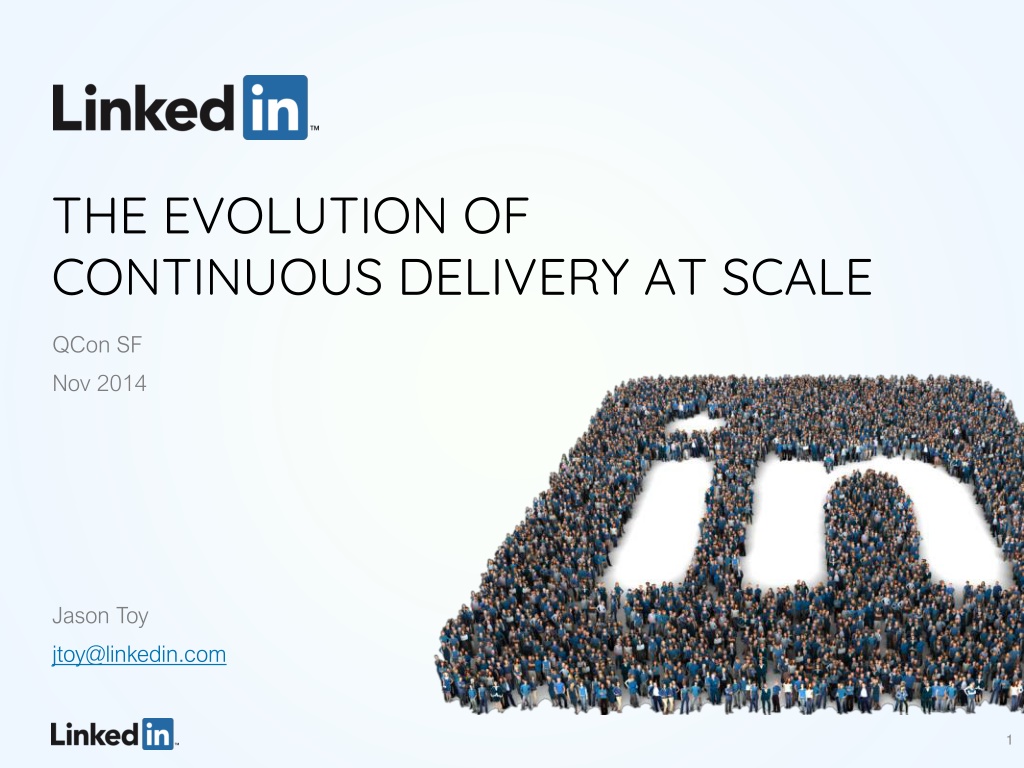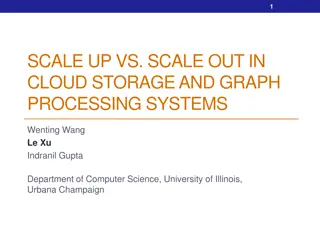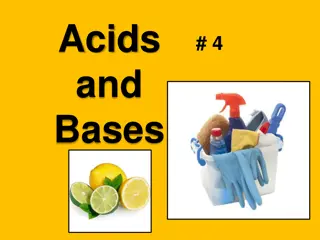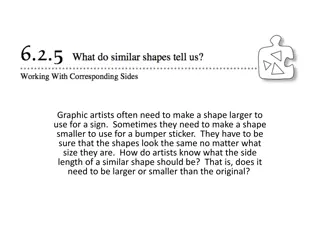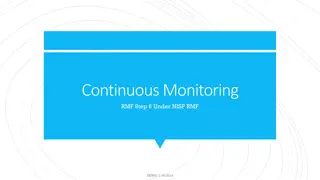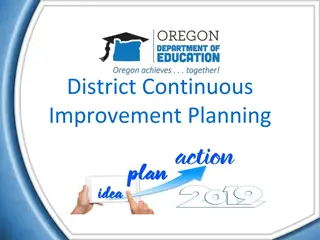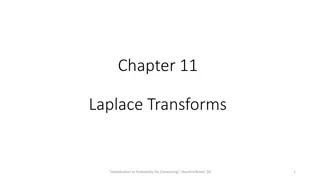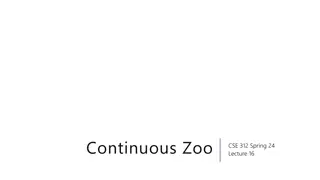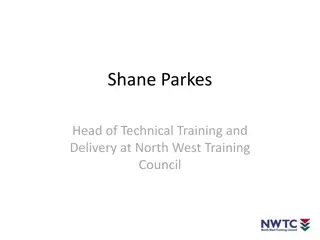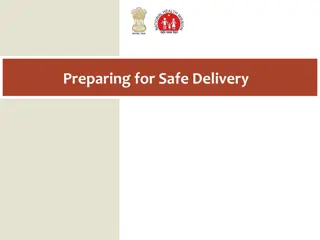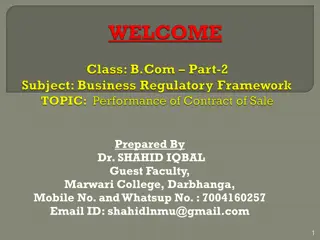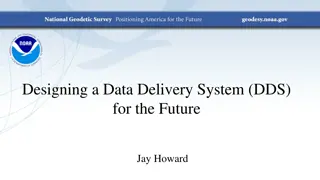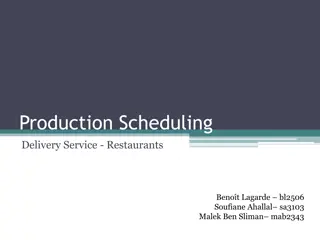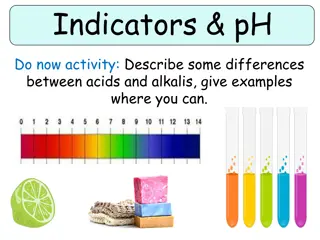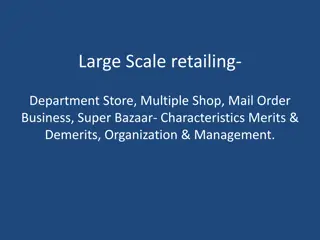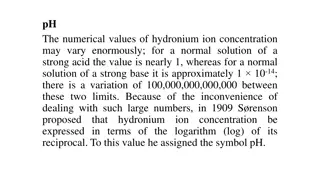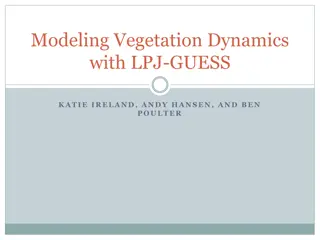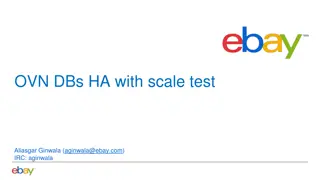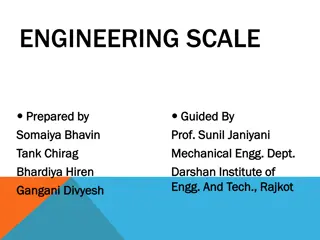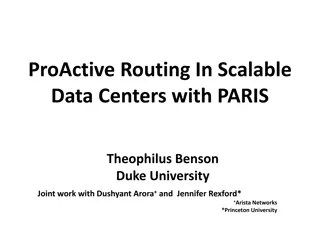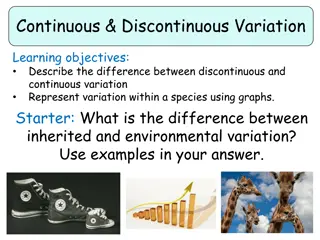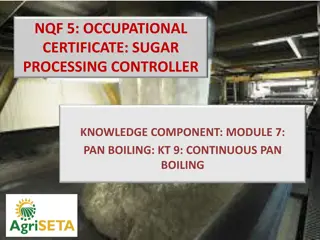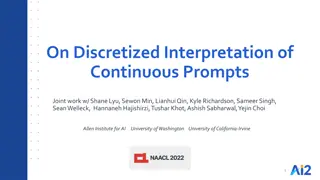Evolution of Continuous Delivery at Scale
Discussing the evolution of continuous delivery practices at LinkedIn from 2007 to present, showcasing the growth from 30 to 1800 technologists. The talk focuses on improving developer productivity, release pipeline enhancements, pitfalls encountered, solutions implemented, and key learnings gained throughout the scaling process. The journey includes transitioning from monolithic deployments to automated commit-to-production pipelines, resulting in faster iterations and improved technology stack efficiency.
Download Presentation

Please find below an Image/Link to download the presentation.
The content on the website is provided AS IS for your information and personal use only. It may not be sold, licensed, or shared on other websites without obtaining consent from the author. Download presentation by click this link. If you encounter any issues during the download, it is possible that the publisher has removed the file from their server.
E N D
Presentation Transcript
THE EVOLUTION OF CONTINUOUS DELIVERY AT SCALE QCon SF Nov 2014 Jason Toy jtoy@linkedin.com 1
? How did we evolve our solution to allow developers to quickly iterate on creating product as LinkedIn engineering grew from 30 to 1800 technologists? 2
We will be talking about that evolution today. How we have improved developer productivity and the release pipeline The pitfalls we ve seen How we ve tackled them What it took What we have learned 3
? What have we accomplished as we scaled? Scaling: From 2007 to Today 5 services -> 550+ services 30 -> 1800+ technologists 13 million members -> 332 million members At the same time Monolithic deployments to prod once every several weeks -> Independent deployments when ready Manual -> Automated commit to production pipeline Faster iterations on the technology stack 4
LinkedIn 2007 ~30 developers, 5-10 services Trunk based development Testing Mostly manual Nightly regressions: automated junit, manual functional Release (Every couple weeks) Create branch and deployment ordering Rehearse deployment, run tests in staging Site downtime to push release (All eng + ops party) 5
Problems in 2007 Testing and Development Trunk stability: large changes, manual/local/nightly testing Codebase increasing in size Release Infrequent, and time consuming 6
LinkedIn 2008-2011 ~ 300 developers, ~300 services Branch based development, merge for release Testing Added automated Feature Branch Readiness Before merge prove branch had 0 test failures / issues Release (Every couple weeks) Exactly as before: Create, rehearse, and execute a deployment ordering. 7
Improvements in 2008-2011 Branches supported more developers More automated testing 8
Tradeoff: Branch Hell Qualifying 20-40 branches Stabilizing release branch hard Point of friction: fragile/flaky/unmaintained tests Impact: frustrating process became power struggle 9
Problem: Deployment Hell Monolithic change with 29 levels of ordering Must fix forward: too complex to rollback Manual prod deployment did not scale: Dangerous, painful, and long (2 days) Impact: Operations very expensive and distracting Missing a release became expensive to developers More hotfixes and alternative process created 10
Linkedin 2011: The Turning Point Company-wide Project Inversion Build a well defined release process Move to trunk development Automated deployment process Build the tooling to support this! Enforcing good engineering practices. No more isolated development (no branches) No backwards incompatible changes Remove deployment dependencies Simplify architecture (complexity a cascading effect) Code must be able to go out at any time 11
LinkedIn 2011 ~ 600 developers ~250 services Trunk based development Testing: Mostly automated Source code validation: post commit test automation Artifact validation: automated jobs in the test environment Release: On your own timeline per service One button to push to deploy to testing or prod 12
? How did we make this work? (A mixture of people, process, and tooling) 13
Commit Pipeline Pre/Post commit (PCX) machinery On each commit, tests are run Focused test effort: scope based on change set Automated remediation: either block or rollback Small team maintains machinery and stability Creates new artifact upon success Working Copy Test PCX machinery to test local changes before commit Great for qualifying massive/horizontal changes 14
Shared Test Environment Continuously test artifacts with automated jobs Stability treated in the same respect as trunk Can test local changes against environment 15
Deployment vs Release New distinction: Deployment (new change to the site) Trunk must be deployable at all times Release (new feature for customers) Feature exposure ramped through configs Predictable schedule for releasing change Product teams can release functionality at will without interfering with change 16
Deployment Process Deployment Sequence: 1. Canary Deployment (New!) 2. Full rollout 3. Ramp feature exposure (New!) 4. Problem? Revert step. (New!) No deployment dependencies allowed Fully automated Owners / Auto nominate deployment or rollback All the deployment / rollback information is in plans 17
People Everyone had to be willing to change Greater engineering responsibility No backwards incompatible changes Rethink architecture, practices (piecewise features) In return gave ownership of products and quality back to engineers Release on your own schedule Local decision making You are responsible for your quality, not a central team You own a piece of the codebase not a branch (acls) 18
Tooling Acls for code review Pre/Post commit CI framework / pipeline CRT: Change Request Tracker Developer commit lifecycle management Deployment automation plans / Canaries Performance i.e. Evaluate canaries on things like exceptions Test Manager Manage automated tests (mostly in test environment) Monitoring for environment / service stability Config changes to ramp features 19
Improvements in 2011 No merge hell Find failures faster Keep testing sane and automated Independent and easy deployment and release Create greater ownership More control over, responsible for your decisions Breaking the barriers: Easier to work with others 20
Challenges in 2011 (Overcame) Breakages immediately affect others, so find and remove failures fast Pre and post commit automation Hard to save off work in progress Break down your feature into commits that are safe to push to production. Use configs to ramp 21
Problems in 2011 Monolithic Codebase Not flexible enough to accommodate Acquisitions Exploration Iterations needed to be even faster (non global block) Ownership could be clearer Of code Of failures Developer and code base grew significantly (again) 22
Multiproduct ~1500 products ~1800 devs ~550 services Ecosystem of smaller individual products each with an individual release cycle Can depend on artifacts from other products Uniform process of lifecycle and tasks Abstractions allow us to build generic tooling to accommodate a variety of technologies and products Lifecycle / tasks (i.e. build, test, deploy) owner defined Testing and Release mostly the same During your postcommit we test everything that depends on you to ensure you aren t breaking anything 23
Improvements with Multiproduct No monolithic codebase Flexible Easier, faster to validate and not block 24
Challenges with Multiproduct Architecture Versioning Hell Circular Dependencies How to work across many products How to work with others Give people full control (no central police) 25
Conclusion: Key Successes 0 Test Failures Multitude of automated testing options Automated, independent, frequent deployments Distinguish between Deployments and Release More accountability and ownership for teams 26
Conclusion: Takeaways Notice any trends? Validate fast, early, often Simplify Build the tooling to succeed Creating more digestible pieces, giving more control to owners It s all a matter of tradeoffs and priorities They change over time Ours seem to be getting better! It s not only about technology: culture matters Change, Ownership, Craftsmanship People, process, technology Invest in improvements, and stick with it 27
Thanks! 28
Questions? 29
